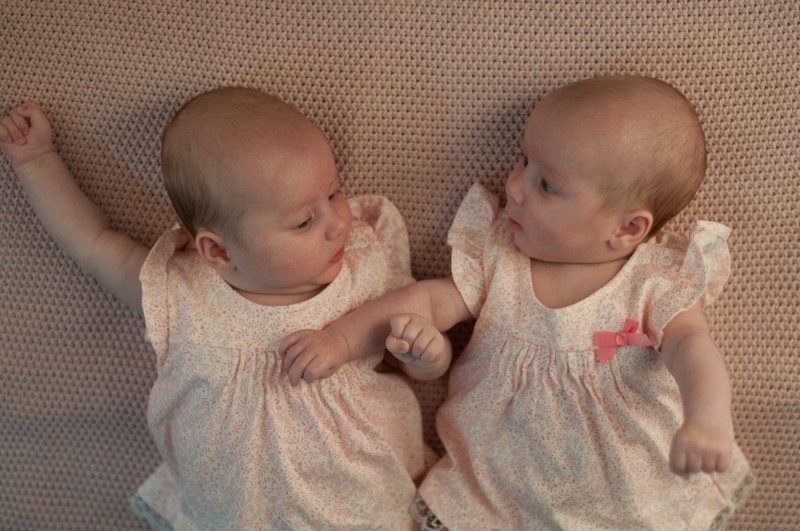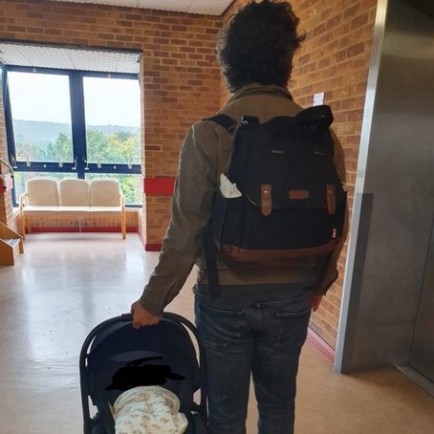Twin pregnancies result from either the fertilization of two separate eggs by two separate sperm or the separation of a single fertilized egg into two fetuses.Higher-order multiple pregnancies involve fraternal twins, identical twins, or a combination of both types of twins.
Here are some basic facts about multiples:
■ Twins occur naturally in 1 out of every 90 births; triplets in 1 out of every 10,000 births; and quadruplets in 1 out of every 650,000 births.
■ Fraternal twins occur more often in certain families and in certain ethnic groups (the rates are 1 in 70 in African Americans and 1 in 300 for women of Chinese descent with whites falling in between). The incidence of fraternal twins also increases with maternal age, weight, height, and parity (that is, the number of pregnancies a woman has had).
■ Identical twins occur in approximately 4 out of every 1,000 births and are unrelated to maternal age, race, or parity.
■ Fraternal twins typically look no more alike than any other pair of siblings. They can be either of the same sex or one of each sex.
■ Identical twins have identical features: hair, eye color, blood type, and so on. If, however, one twin developed more rapidly in utero than the other one, they may not look identical at birth.
■ Identical twins have similar handprints and footprints, but they do not share the same fingerprints. (This was good news to one family of identical twins who had to rush their babies off to FBI headquarters to get them refingerprinted so that they could figure out who was who!)
■ Some identical twins are known as “mirror twins” because one is virtually a mirror image of the other (for example, a birthmark that appears on the left arm of one appears on the right arm of the other, one is left-handed and the other is right-handed, and so on).
■ Identical triplets can also occur, but they are extremely rare.
■ It is possible for fraternal twins to be conceived by two different fathers, a process known as superfecundation.
■ Scientists believe that approximately one in eight natural pregnancies starts out as a twin pregnancy — even though only 1 out of every 90 births results in the birth of twins. This is one reason why many caregivers routinely do ultrasounds to confirm that there are no other viable fetuses left in the uterus when they suspect that a patient is miscarrying.
■ It is possible to miscarry one multiple and go on to carry the others to term. It is also possible to have a combination ectopic and uterine pregnancy (that is, one or more
babies implant in the fallopian tubes and the others in the uterus). Fortunately, this is rare. Although most twins are born within minutes of one another, sometimes days — even months — can elapse between the births of twins.
■ Often, it isn’t immediately obvious at birth whether same sex twins are identical or fraternal. If the parents want to know for medical reasons, blood from the umbilical cord is drawn and analyzed for type, Rh factor, and so on. If the results are still inconclusive, parents can choose to opt for DNA testing — a little pricey at $600 or more, but highly accurate.



























Comments